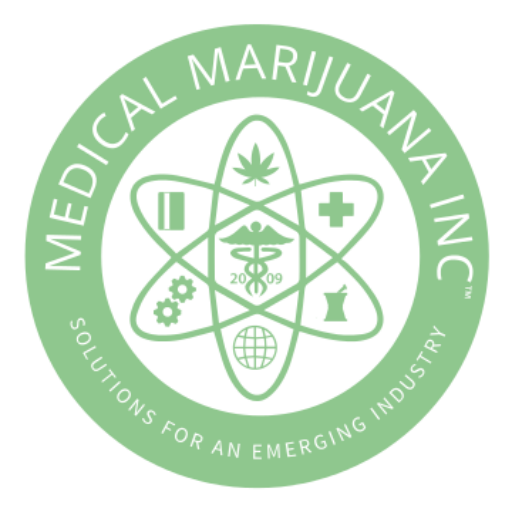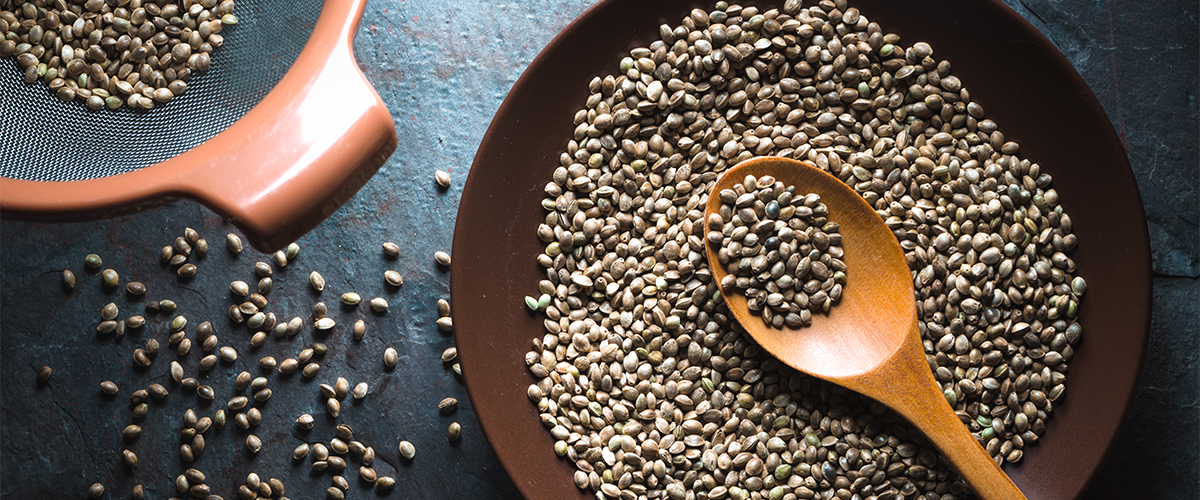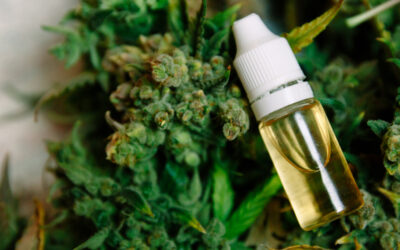Hemp seeds and products created with hemp seeds are considered a complete nutritional source due to their high levels of over twenty nutrients, making hemp seeds a superfood.
A single source for all essential amino acids, as well as healthy fats, vitamins, minerals, and fiber? It’s true!
Hemp seeds are a valuable source of many of the nutrients our body needs every day to function at its best.
The hemp plant can be used to create a myriad of products:
- Wellness products
- Building materials
- Fiber for clothing
- Canvas
- Rope
- Bioplastics
- Biofuels
- Hemp food products
Hemp seeds are becoming a massively popular superfood due to their incredible nutritional content. Hemp seed oil and hemp seed hearts provide a nutritious option for boosting your diet, but what are hemp seeds?
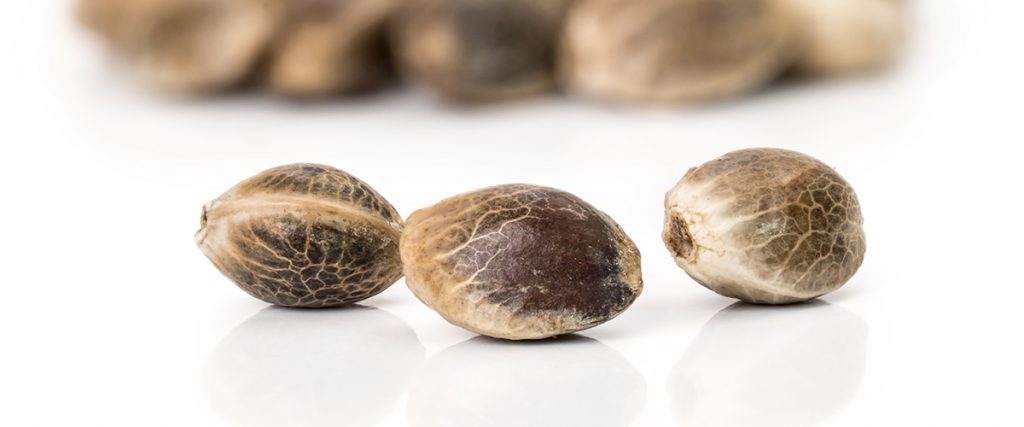
What are Hemp Seeds?
Hemp seeds are the small brown seeds of the hemp plant. Hemp seeds are created in the flowers of pollinated female hemp plants. Hemp plants are purposefully cultivated in close rows in order to promote this pollination and increase seed production.
Hemp seeds have a mild, nutty flavor. They can be eaten whole and have a crunchy texture, or hemp seeds can be shelled to expose the highly nutritious softer inner “heart”. Because hemp seeds are derived from low-THC hemp plants (below 0.3% THC), they are non-psychoactive and safe to eat.
Next, we reveal the nutritional benefits of hemp seeds.
Benefits of Eating Hemp Seeds
It is difficult to find another food that is as nutrient-dense as hemp seeds. Adding hemp seeds to your diet significantly increases your intake of vital nutrients, helping fill the gaps of an otherwise potentially unbalanced diet. Hemp seeds contain the following nutrients, crucial to any complete diet.
Omega 3 and 6 fatty acids: The one fat you can never get enough of is Omega 3, which lowers triglyceride levels in the blood, reducing risk of heart disease. As an anti-inflammatory, Omega 3 fatty acids lower the joint pain and stiffness in arthritis sufferers and are useful in asthma treatment. Omega 3 may also ward off Alzheimer’s disease and fight ADHD and depression.
While both Omega 3 and 6 fatty acids are essential to human health, they should ideally be consumed at a close ratio of around 3:1. However, in the typical American diet, the ratio is about 25:1. This is due to a diet increasingly fried in vegetable oils high in Omega 6 and could be an indicator for a number of diseases. Eating the right kind of Omega 6 fatty acids, like gamma linolenic acid (GLA), a plant based Omega 6 fatty acid found in hemp at the 3:1 ratio suggested, can reduce the inflammation of high fat diets. Healthy acquisition of Omega 6 also helps with arthritis pain, high blood pressure, and osteoporosis.
Amino Acids & Protein: Amino acids are the building blocks of protein, one of the three macronutrients we consume everyday. It is important to obtain protein from the right dietary sources. Eating even small amounts of red meat has been linked to cardiovascular disease and colon cancer. Instead, essential amino acids can be obtained through foods like nuts and legumes, chicken and turkey, fish and shellfish, beans and soy, and of course hemp. Hemp contains all 20 amino acids: including the 9 essential amino acids our body can’t make on its own.
Fiber: Critical to the health of your digestive system, fiber has also been linked to lower cholesterol levels and the improvement of blood sugar levels. A diet high in fiber can also help prevent colon cancer. The lifetime risk of colon cancer is 4% in both men and women, making it the 4th most prevalent cancer in the U.S. It strikes those aged 65 or older at much higher rates. To help reach the needed levels of fiber in your diet, add fiber-dense hemp seeds to your meals.
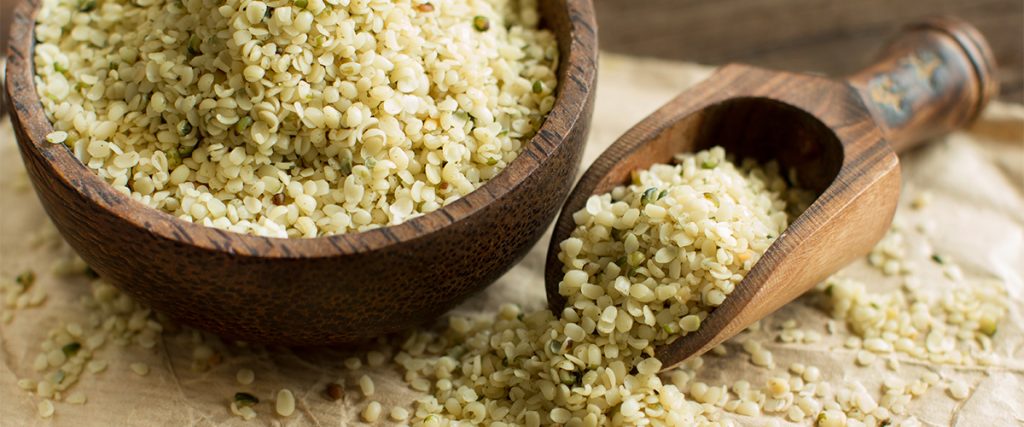
Hemp seeds also contain important vitamins and minerals, including:
- Vitamin E: A set of compounds that are known antioxidants, vitamin E protects cells from the damaging effects of free radicals. Vitamin E is also used to help prevent cancers like lung, colorectal, prostate, and pancreatic.
- Vitamin A: Involved in supporting immune function, vision, reproduction, and cellular communication, vitamin A plays a critical role in the formation and function of the heart, lungs, kidneys, and other organs.
- Vitamin C: Humans are unable to synthesize vitamin C, so it becomes an essential part of human dietary intake. Far from only being useful to ward off scurvy, vitamin C is necessary for the formation of collagen, important as an antioxidant, and useful for its role in immune function.
- Beta Carotene: A natural precursor to Vitamin A, beta carotene is the orange-red pigment found in plants and fruits. Although over consumption of beta carotene can turn your skin orange, it is beneficial for the slowing of macular degeneration and staving off metabolic syndrome.
- Riboflavin: Also known as Vitamin B2, Riboflavin works with other B vitamins for important red blood cell production and can be used as a treatment for migraines, blood disorders, and a number of eye conditions, including cataracts and glaucoma.
- Thiamine: Another of the B vitamins, Vitamin B1 or Thiamine is often used for digestive problems, like ulcerative colitis, or for boosting the immune system.
- Niacin: Vitamin B3 or Niacin help the body create certain sex and stress-related hormones in the adrenal glands and in other parts of the body. Niacin is often used to treat high cholesterol, heart disease, and diabetes.
- Vitamin B12: Another of the B complex vitamins, B12 is required for proper red blood cell formation, neurological function, and DNA synthesis. Vitamin B12 is also known to boost mood, energy, and concentration.
- Vitamin B6: In its coenzyme form, Vitamin B6 performs multiple functions in the body, with involvement in more than 100 enzyme reactions. Vitamin B6 helps make a number of neurotransmitters, including those regulating mood and the body’s natural clock, and is useful for fighting morning sickness associated with pregnancy.
- Zinc: Second only to iron in concentration in the human body, this trace element is required for growth during pregnancy, childhood, and adolescence. Zinc is needed for the body’s immune system to work right, and regular use of zinc has been linked to a reduced risk of catching the common cold.
- Potassium: Available in a range of leafy plants, fruits, and vegetables, potassium helps nerves and muscles communicate and help move nutrients and waste in and out of cells. Potassium has also been linked to improved bone health and a decrease in the chance for high blood pressure, heart disease, or stroke.
- Calcium: The most abundant mineral found in the human body, calcium is best known for improving bones and teeth and can help prevent osteoporosis. It also plays a role in cell signalling and may even work in body weight regulation.
- Selenium: Appearing in trace amounts in most foods, selenium is taken as a supplement for its antioxidant properties. While selenium deficiency is rare, certain diseases like HIV and Crohn’s disease are linked to low levels of selenium.
- Phosphorus: Making up 1% of the human body weight, phosphorus is present in every cell in the body but is most abundant in the teeth and bones. Besides helping to build strong bones and teeth, phosphorus also regulates the filtering of waste in the kidneys and manages the storing and use of energy in the body.
- Manganese: Both nutritionally essential and potentially toxic, manganese levels must be carefully managed within the body. Manganese supplements are most often given to patients with osteoporosis, anemia, and PMS. Manganese plays an important role in metabolism, forming bones and connective tissue, and blood sugar regulation.
- Magnesium: Often used in laxatives and antacids, magnesium is also helpful for inflammation linked to heart disease and diabetes. Readily available in nuts, grains, and leafy greens, magnesium is also used to treat migraine headaches and osteoporosis.
- Iron: Too little iron can cause anemia. Our bodies need iron to help move, store, and use oxygen. Anyone in danger of frequent blood loss are at risk for iron deficiency.
Uses for Hemp Seed Products
Hemp seeds that have been sterilized are available as a hemp food product, which can be eaten whole for a crunchy, nutty snack or as an addition to recipes calling for nuts. When shelled, the hemp seed’s nut, also called the hemp heart is revealed. You can add hemp hearts to smoothies or grind them up and sprinkle them on your yogurt, cereal, or other meals.
If you’re mainly looking for a plant-based source of protein, you can buy hemp protein in a variety of powders. You can dissolve it in liquids or blend it in smoothies. Some hemp protein retains the seed’s fiber, but others don’t.
Probably the most versatile and popular ways to consume hemp seed, hemp seed oil has the same nutrients as hemp hearts. Hemp seed oil can be used in recipes as a butter substitute, in salad dressings or dips, in place of other oils, and more. It’s best to use hemp seed oil as a finishing oil rather than as a cooking oil.
Hemp seeds are also sold as hemp seed butter, which you can consume like you would peanut butter. Also, much like almond milk, you can use hemp milk as a milk substitute.
How to Eat Hemp Seeds
As mentioned above, hemp seeds can be eaten as is, for a crunchy nutritious snack. Hemp seeds are also available without their shells. When hemp seed shells have been removed, the hemp seeds heart is revealed. This nutritious hemp heart can be added to all sorts of foods to help boost their dietary value. Hemp protein powders can be blended into smoothies or water for a nutritious drink, while hemp flour lets you substitute regular flour to get hemp’s benefits. Learn more about eating hemp seeds or keep reading for recipes with hemp seeds.
Hemp Seed Recipes
Hemp seeds and their products can be used in a number of recipes to boost the dish’s nutritional value. We’ve included just a few of these hemp seed recipes here for you to try.
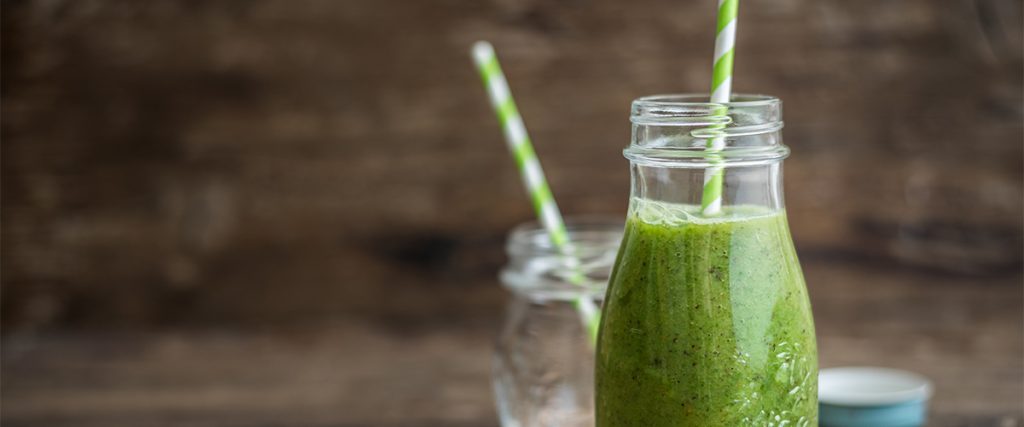
Green Superfood and Protein Smoothie:
Ingredients:
- 2 cups kale leaves
- 1/4 cup plain Greek yogurt
- 1 tablespoon hemp hearts or hemp protein powder
- 1/4 cup frozen pineapple chunks
- 2 tablespoons peanut butter
- 1 large ripe banana
- 250ml (1 cup) water or milk
- 3-5 ice cubes
Instructions:
- Add the ice cubes to the blender.
- Remove the peel from the banana. Chop or break it into two or three pieces so that it better fits in the blender. Add it to the top of the ice cubes.
- Remove any stalks from the kale leaves. Tear the kale into small pieces and add them to the blender.
- Add hemp hearts and all remaining ingredients into a blender, finishing with the water or milk. Blend to puree the smoothie until it’s at your ideal consistency.
Hemp Seed Pesto Sauce:
Ingredients:
- 2 cups fresh basil leaves
- ½ cup hemp seeds, lightly toasted
- Kosher salt and ground black pepper to taste
- 2 cloves garlic
- 1 cup grated Parmesan cheese
- ½ cup extra-virgin olive oil or hemp oil
Instructions:
- Place toasted hemp seeds into a food processor or high speed blender and pulse until they’re broken down. Scrap sides of food processor bowl.
- Add basil, garlic, and oil into the processor or blender. Pulse until well mixed.
- Scoop the pesto base into separate bowl. Add grated cheese, salt and pepper. Use a spoon to stir thoroughly.
- Taste, then add seasonings as needed to reach desired flavor.
Cherry Hemp Granola with Dark Chocolate:
Ingredients:
- 1 and 1/2 cups of raw almonds, toasted and roughly chopped
- 1/2 cup of hemp hearts
- 1/2 cup rolled oats
- 3 tablespoons sunflower seeds
- 2 tablespoons flax seeds
- 2/3 cup of dried cherries
- 1 cup of dark chocolate chips
- 1/4 cup brown rice syrup
- 1 tablespoon of almond butter (or peanut butter)
- 2 teaspoons of maple syrup
- 2 tablespoons coconut oil
- 1 1/4 teaspoon vanilla extract
Instructions:
- Preheat oven to 300 degrees F. Line a 9 X 11 rimmed baking pan with parchment paper.
- Put the oats, almonds, oats, sunflower seeds, cherries, flax seeds, and hemp hearts in a large bowl. Use a spoon to stir to mix.
- Put the brown rice syrup, almond butter, and 1 teaspoon vanilla extract in a small bowl. Whisk until combined, then pour over dry ingredients in large bowl. Stir until everything is coated.
- Pour the mixture into the lined baking pan and spread out evenly. Use a spoon or spatula to press down and tightly pack the mixture.
- Bake for 30 minutes. Remove from oven and let cool for 1 hour.
- Lift the parchment paper with the granola from the pan. Drop upside down onto cutting board. Cut mixture into bars.
- Add melted coconut oil to small bowl.
- Slowly heat the coconut oil, maple syrup and chocolate chips in a small saucepan over a low heat until melted and smooth.
- Dip one flat end of each bar into the melted chocolate. Place each bar upside down on the parchment paper until chocolate hardens.
- Store in an airtight container in the refrigerator for up to a week, or freeze for up to a month.
Start Adding Hemp Seeds to Your Diet Today
Hemp seeds can be purchased at most grocery and specialty food stores or bought from online retailers. Because they are one of the most nutritious foods available, hemp seeds are a smart addition to your diet.
There is more to discover about hemp and its benefits on our Cannabis 101 page.
